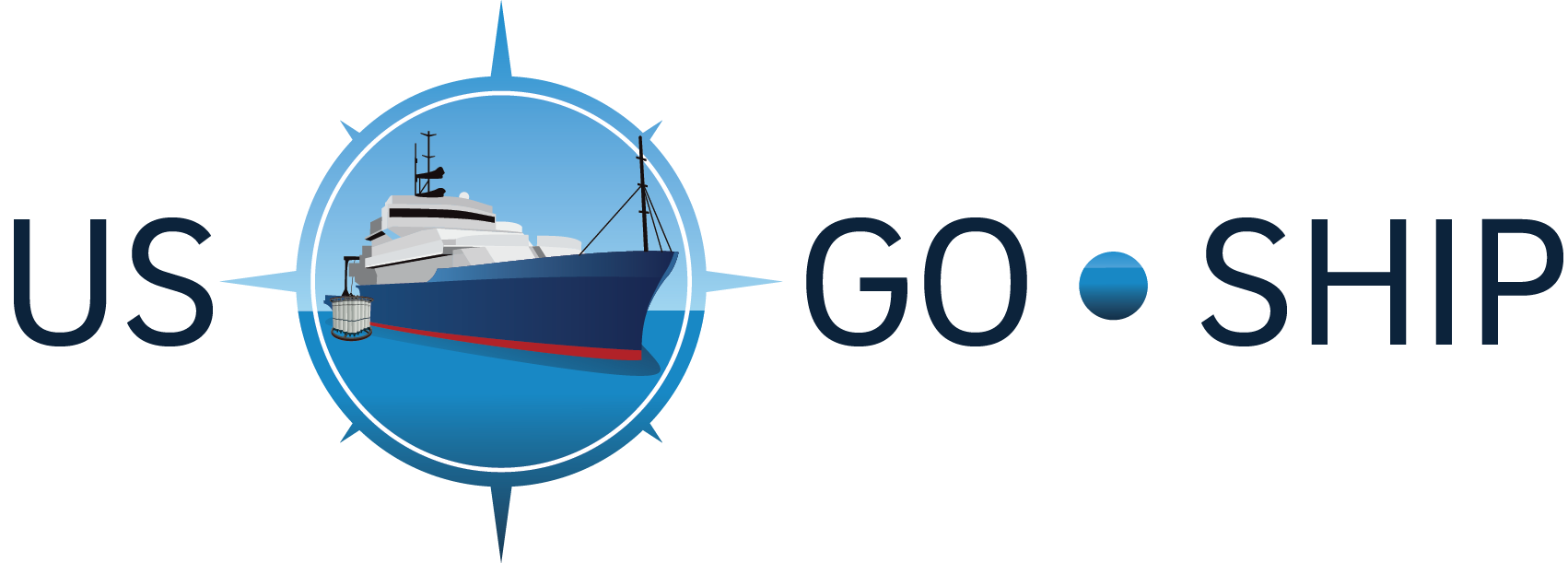Read the cruise report from leg 2 of P6 week #4, along with continuously updated blog posts.
P6 Leg 2 Week 4 Report
1000 local time 17 September 2017
32 30S 96 13W, winds 20-25 kn, Outside temperature 15 C
Stn 210
The weather has been holding and good progress made this past week. We are presently located in the Roggeveen Basin, a relatively small basin, of which there are many in this region of the Pacific, named after a Dutch explorer. Then we cross the Roggeveen Rise where some evidence of a deep current has been found on previous P06 analyses, and enter the Chile Basin for the home stretch. There is no rest for the weary however as our most dense sampling period with the shortest distance between stations arrives at the end of the Leg, over the Chile Trench and continental slope.
Some modification to the CTD cage was undertaken to add landing pads, with the expert assistance of the marine techs. These are meant to avoid an impact between the LADCP and the rail system in place in the Baltic room, where the CTD lands on deck. The pads have been working well.
Watchstanders are also engaged plotting data from Leg 2, interacting with the chemical analysts to understand the data and variations, real or otherwise. Data quality appears to be very high overall. This exercise has proven to be helpful for gaining a better understanding of the measurements and sampling issues. Discussing the data with the students is one of the most rewarding aspects of the cruise for me (KS), and to be able to share ideas about water masses and their distributions.
Kevin Speer (Chief Scientist)
Lena Schulze (co-Chief Scientist)
